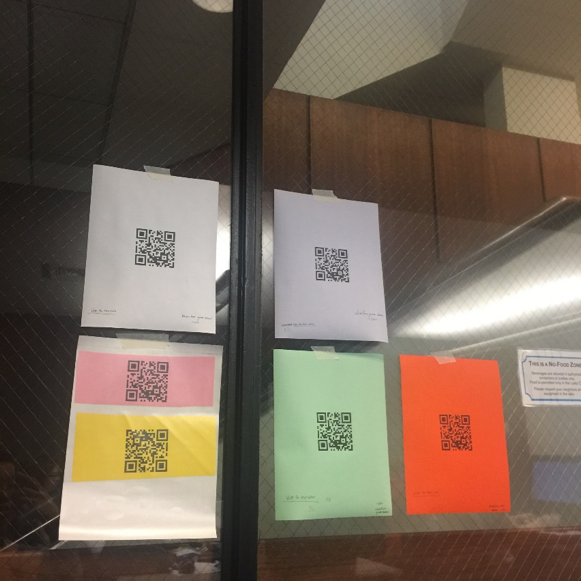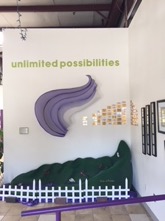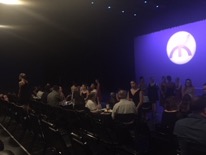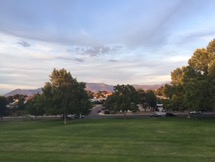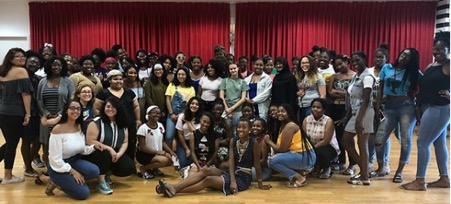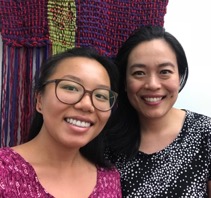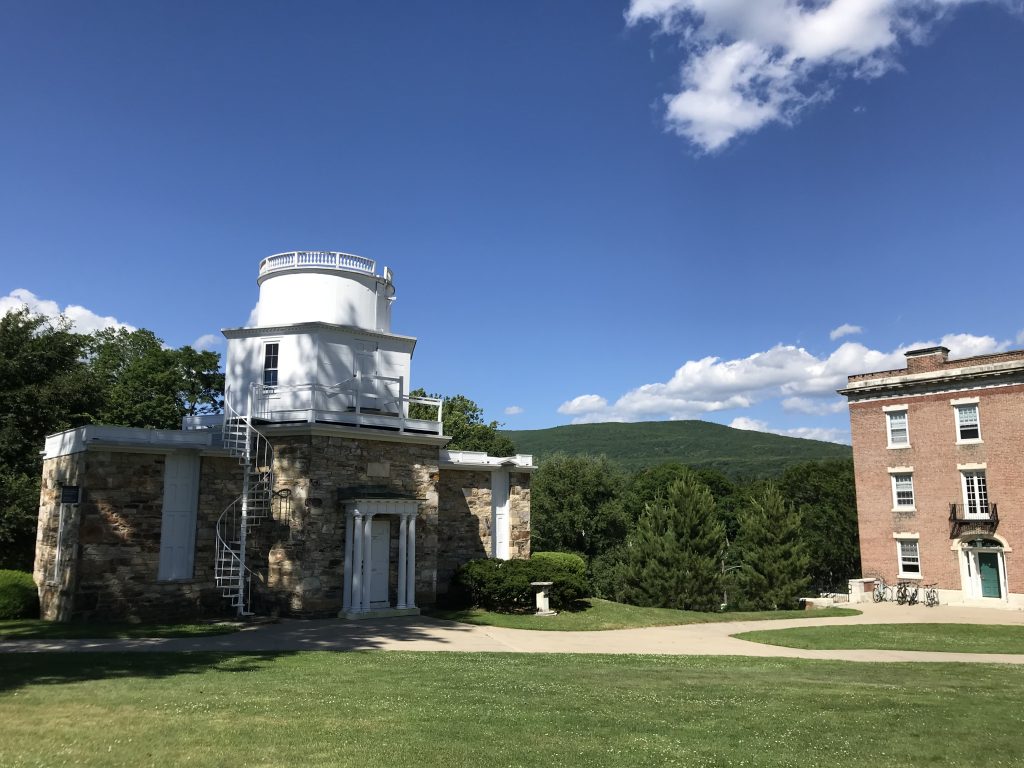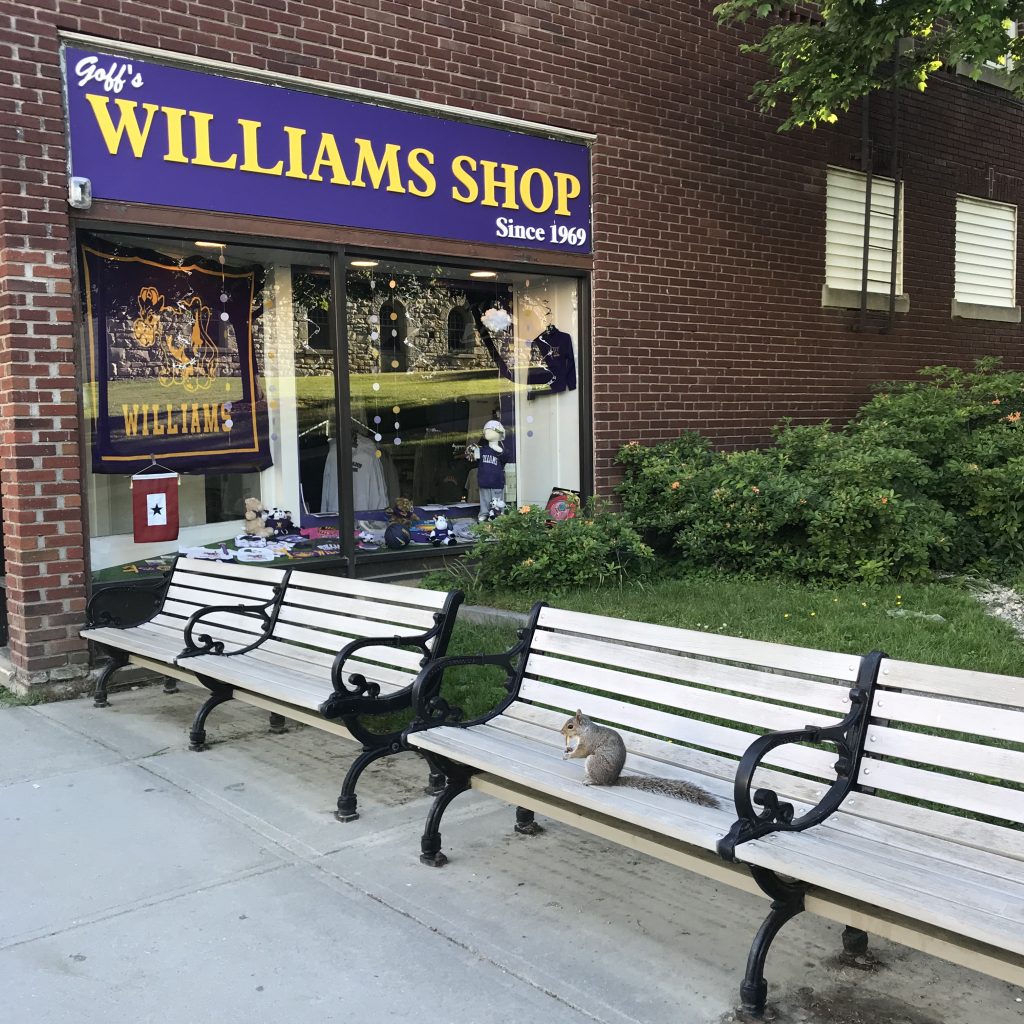Name: Katherine Sweasy
Class Year: 2020
Major: Psychology
Hometown: Guilford, Conn.
Internship Placement: Kwan Lab, Dept. of Psychiatry, Yale University
Job Title: Research Assistant
Location: New Haven, Conn.
What’s happening at your internship?
This summer I have been learning about brain cell structure, and how it relates to schizophrenia. I have been spending my time analyzing brain cell images. I’ve had the amazing opportunity to assist a postdoctoral associate with his ongoing project in the lab. I mainly analyze the brain images of several different mice with differing experimental manipulations. One of these manipulations, is a mutation of the Shank3 gene that is highly significant to schizophrenia. This gene is responsible for building a protein that aids in neuron development, and mutation of this gene is highly penetrant; it hugely increases a diagnosis for schizophrenia. The second manipulation takes a pharmacological approach. The lab utilizes ketamine injections with the mice, as there is literature that suggests that when injected in mice, it is effective in modeling observable symptoms that are similar to schizophrenia in humans. One of these symptoms, the one that I’ve been focusing on, is hyperactivity in the brain cells, more specifically in dendritic spines. This is a part on the neuron that is heavily associated with synaptic transmission, the mechanism by which neurons communicate with each other. In the experiment, the mice have their brain activity imaged in vivo, while they are alive. I look at recordings of these in vivo brain images through a program in Matlab. As I go through the frames of each recording, I indicate the neuronal spines that are located near the dendrites, which are long white branches in the images. As a brain cell activates and calcium is released, a protein that’s used to visualize calcium releases called GCaMP6 makes the dendrites and its accompanying spine “light up.” Hyperactivity means there is an overrelease of calcium by the neuron, which can be the cause of many brain dysfunctions. Making note of the differences in brain activity between the mice help understand the role of communication dysfunction in schizophrenia.
Why did you apply for this internship?
I’ve been a psychology major since the beginning of my time at college, but only since sophomore year have realized my interest in neuroscience. More specifically within neuroscience, I wanted to learn about neuronal structure and development, and thus sought out to do so in a research setting. I’ve had limited experience in doing research in something that interested me, and so I wanted to see what research in neuroscience looked like, and if it was something I wanted to do more of as a career.
What has been the biggest challenge you have faced at your internship?
When I had come to the lab, I had taken a few neuroscience classes before, but they did not prepare me for the level of understanding needed to comprehend the research going on in the lab. There was definitely a bit of a learning curve as my postdoc and I figured out where I needed more background information. I wanted to be able to understand my role in the research and how his project fit into the research in the neuroscience field as a whole. I got into the habit of asking as many questions as I could, and the experience has definitely influenced me to take more biologically based classes, which I wouldn’t have thought to do before.
Was this internship what you expected it to be?
Definitely not. It required me to have more of a reflective mindset and a self-motivated mindset. From day to day, my job was to repeat the same task over and over, analyzing data set after data set. I was responsible for one small part in a large project, and so I had to really motivate myself to stay with it. In order to get what I wanted out of the internship, I had to reach out to the people around me. My supervisor and PI have been really supportive and great resources for exposing me to other research that is going on and giving me information about graduate school. I was also surprised by how much the environment impacted me. The lab is structured in a way that focuses on the member’s independent projects and so there aren’t many instances of intentional collaboration that I observed. After a while in the lab, I was surprised to realize that having an aspect of collaboration and communication in the workplace was something I really valued and missed at my internship. People have told me that internships are just as important in informing what you don’t like, and that has been well articulated to me this summer.
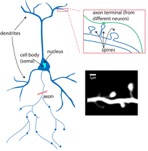
Diagram of Neuron

